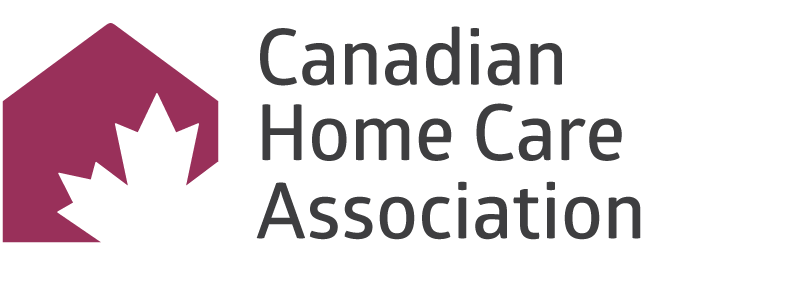Leveraging the omnipresent internet
Using technology to efficiently capture health information and to support self-navigation and referral to home and community care services is the future for citizens who want to take charge of their health and social care needs and remain at home as long as possible.
Most presume and expect that health care involves navigation to and from providers and services, including resources available in the community. Busy practitioners draw on their knowledge, experience, and networks to connect patients to complementary services. In addition, they are supported by provincial advice helplines (web and/or telephone), manual directories, and care managers. Maintaining these systems of information requires constant attention and updating. Clinicians need to be alert to these updates to keep abreast of new sources of information and service offerings. Human capacity is limited however, and when strained, staff may not be able to offer support about the nature of services that can be accessed by their patients and caregivers to maintain wellbeing. Access to information should not be limited to who you know and their availability.
Too often, people present with issues that could have been mitigated had they been aware of available resources. We know, for example, that many family caregivers experience burnout having absolutely no concept of what’s possible let alone where to look for support. When people don’t know what to look for and don’t have a framework for figuring out their needs, they end up in the bottleneck at the physician or hospital door, or they rely on “Dr. Google”. When seeking unguided assistance, the user must self-assess and independently and somewhat arbitrarily determine his or her needs; or consult with an expert. However, most would agree that with the pressures on the healthcare system today, professional expertise needs to be reserved for those with complex health and social issues.
Reliable directories of health and social service offerings have long been available in paper format. Today many people turn to the internet as the directory of choice. The internet has been instrumental in relieving bottlenecks in other industries by removing bureaucratic barriers and facilitating equitable access to service, business, and knowledge. The need for an intermediary (via telephone or in person) is often not necessary, although may still be preferred in some cases, if there is a robust navigation system that helps the user to make good decisions – be that in the travel industry, banking, or health.

The future includes scalable navigation solutions to access health related services and supports that operates 24/7 and can apply artificial intelligence (AI) to help the user quickly link to appropriate resources. Just as we now use the internet to learn about, and to learn how to access various other services, there is an opportunity to become better informed and served to maintain our wellbeing at home.
The databases of health and social services need to be linked to booking software programs where one can “reserve” an appointment online and connected to smart navigation through application programming interfaces (API). The solution needs to be approved as a reliable resource by a third party, ideally a healthcare entity.
The path to care for the consumer at home, be they a patient or caregiver, must be the one that is right for them and be health system enabled, assessing them to the same standards used by home and community care. Using the interRAI instruments provides evidence-based assessments, facilitates the creation of algorithms, and affords the opportunity to perfect them through AI. Along with human interpretation new, or refined, algorithms can be generated in the same way our lives are dictated by shopping trends from Google search results.
The “smart navigation” function must be able to assess the person in a systematic way incorporating their place of care/need and reflecting the human approach to determining priorities. An evidence-based approach questions activities of daily living (ADLs) and needs and prioritizes these in a manner similar to the interRAI Clinical Assessment Protocols (CAPs)[i]. The AI applied to the CAPs points to programs and services based on the user’s responses. For example, if responses flag cognitive issues, the trio of database, booking, and navigation identifies day programs as a resource. The findings and recommendations are limited by the information that the user supplies. However, with repeat visits the integrated software begins to respond to a fuller understanding of issues.
The interRAI self-report check-up (CU)[ii] is ideally available as part of the online smart navigation system that people can complete on their own. So, unless people know what they are seeking specifically, they can be provided options based on their self-assessment.

The goal is to leverage the best of the best in user interface, depth of analysis and service options and to incorporate a process for follow-up within user determined time frames while adhering to privacy requirements. The CU enables population data analysis that helps to demonstrate burden and spur the development of resources within community or provincial level jurisdictions.
There is an urgent need for people to take control of their home and community care navigation to ensure their priorities are directly addressed as timely as possible. Online navigation solutions can democratize access to community health resources that allow citizens to age in their preferred environments. This will extend, not replace, human intervention from informal caregivers and service providers. And very importantly, it will save our health human resources for those with the greatest need.
References
[i] Retrieved Dec 5, 2022 from https://interrai.org/applications/clinical-assessment-protocols-caps/
[ii] Retrieved Dec 5, 2022 https://catalog.interrai.org/Check-Up-CU-manual
[iii] Ibid





